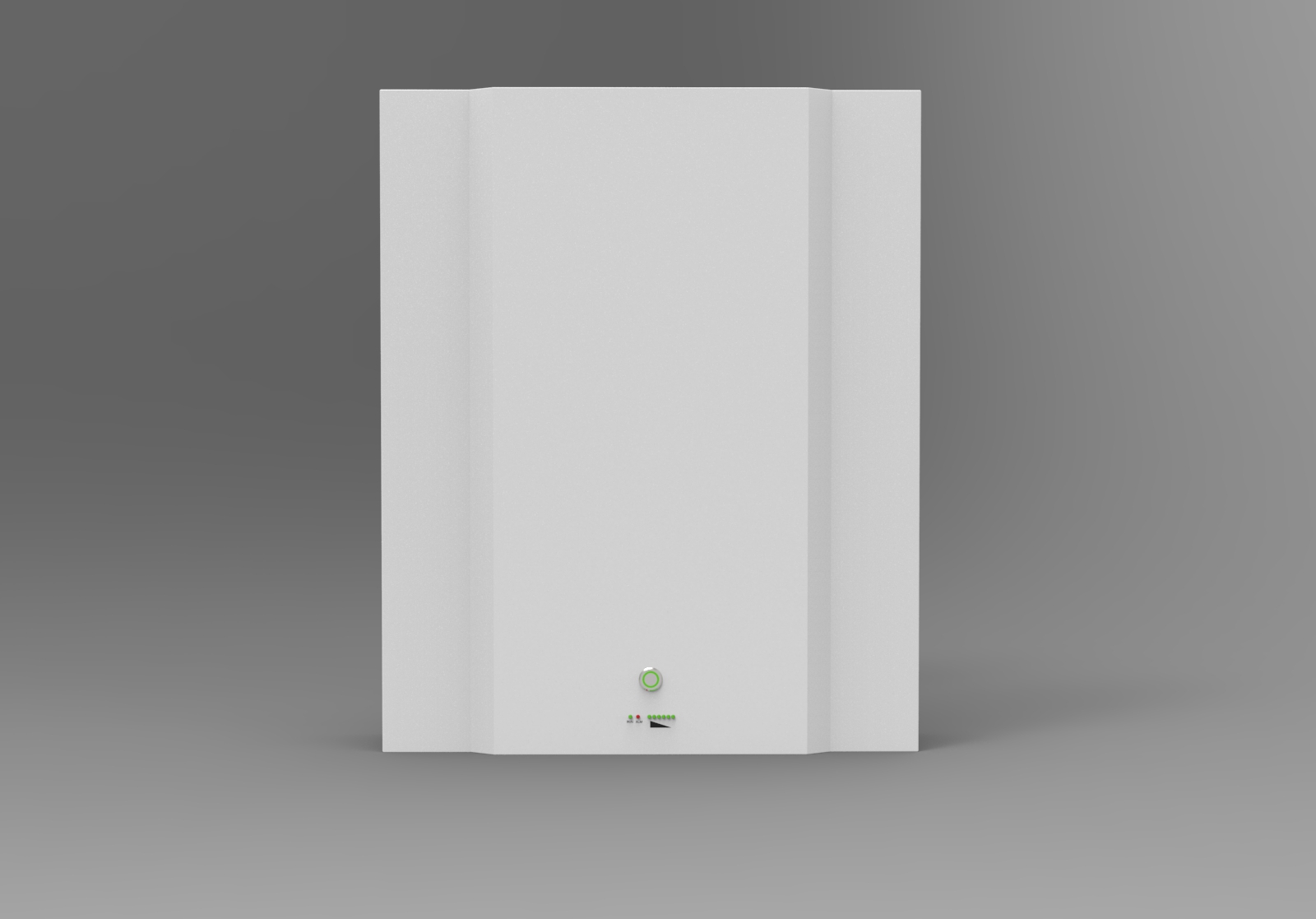What Happens If Lead Acid Battery Runs Out Of Water?
Lead acid batteries are a reliable source of power and have been used in many applications for decades. As the lead acid battery ages, it is important to understand what happens when the water level runs low or out entirely. This article will explain how running a lead acid battery dry can affect its performance and lifespan, as well as provide some tips on how to maintain proper hydration levels in order to ensure optimal performance.
The lead-acid battery works by converting chemical energy into electrical energy through an electrochemical reaction involving sulfuric acid and two electrodes made from lead plates. When this process takes place, hydrogen gas is produced which must be removed from the electrolyte solution via evaporation. If the water level drops too low due to excessive use or lack of maintenance, then further operation of the cell could result in irreparable damage.
Without proper hydration, not only does the ability of the battery to produce power decreases dramatically but also leads to permanent corrosion and sulfation of both positive and negative cells within the battery itself. To avoid such issues, it is essential that users monitor their cell’s water levels consistently and take action before any catastrophic damage occurs.
Why Do Lead-Acid Batteries Need Water?
Lead-acid batteries are a powerhouse of energy, powering everything from cars to boats. However, like all powerhouses, they need maintenance and upkeep if they're going to remain reliable sources of power - and one critical component of such maintenance is ensuring that the battery has enough water. Without regular top-ups with distilled water or electrolyte solution, lead-acid batteries risk deteriorating prematurely due to corrosion on their plates caused by the chemical process known as electrolysis.

The internal components of lead-acid cells rely heavily upon a liquid medium for proper functioning; this liquid is composed mostly of sulfuric acid which helps facilitate electrical current flow within each cell's plate array. During a charge cycle, some of the sulfate ions in the electrolyte break down into hydrogen gas bubbles at the positive plate while oxygen gas bubbles form at the negative plate. These gases make up part of what’s called an "electrolytic bridge" between the two plates that prevents further charging until it dissipates.
When there aren't sufficient levels of electrolyte present in the cells, however, these bridges cannot be broken apart effectively and consequently can interfere with efficient operation. Over time, inadequate hydration also causes corrosion on both electrodes leading to premature failure even when correctly maintained voltage parameters have been adhered to.
How Does the Lead Acid Battery Lose Water?
(1) Electrolytic dehydration
When a lead-acid battery is out of water, this can be caused by electrolysis, an electrochemical process in which an electric current causes a chemical reaction that breaks down molecules in the liquid solution inside the battery. The result is the production of hydrogen and oxygen gas at the battery's terminals.
So it is important to regularly check your lead-acid battery's fluid level and refill with distilled water if needed so that these issues do not arise. Additionally, use caution when charging your battery as overcharging can accelerate electrolysis leading to further loss of water from the cells. In order to maintain optimal performance and prolonged lifespan, it is essential for owners to exercise proper care when using their lead-acid batteries.
(2) Evaporation and dehydration

When a lead-acid battery loses water through evaporation, the rate of loss depends on several factors. These include temperature, air flow and type of electrolyte used in the cell. All these elements can influence how quickly moisture is lost from the cells:
- In higher temperatures, evaporation rates increase significantly, leading to faster losses of water than when temperatures are cooler.
- If a battery is exposed to direct sunlight or even artificial lighting, then this too will contribute to greater levels of evaporation as heat builds up inside the cells.
- If there is an active airflow across the surface of the cells due to fans or other ventilation systems that are employed for cooling purposes within the area, then this could also lead to increased amounts of water being lost over time.
The amount of water that evaporates from a typical lead acid cell can be significant enough to reduce its effectiveness and result in permanent damage if it is not replenished regularly. A decrease in performance may occur before any visible signs appear such as corrosion around terminals or casing bubbles forming at the plates and separators.
(3) Leakage and dehydration
Lead-acid batteries are prone to water loss, which can lead to significant damage. The most common causes of water loss include corrosion at the connections, leaks in the cells, and incorrect cell-filling methods. Corrosion leads to increased current flow across the terminals and electrolyte leakage between them, resulting in a decrease in battery capacity. Leaks can form from seals that have become brittle due to age or exposure to heat or cold temperatures. Incorrect filling procedures cause excessive dilution of the electrolyte solution, leading to decreased performance and eventual failure of the battery.
| Causes | Symptoms | Solutions |
|---|---|---|
| Corrosion | Decrease in Capacity | Regular cleaning & maintenance |
| Leaks | Brittle Seals | Correctly fill cells with electrolyte solution |
| Incorrect Filling Procedures | Water Loss | Check for signs of leaking regularly |
The key to avoiding these problems is regular inspection and maintenance of lead-acid batteries. Batteries should be checked periodically for any signs of corrosion on their terminals or other components, as well as any evidence of leaks or brittleness in their seals. It is also important to ensure that they are filled correctly with an appropriate amount of electrolyte solution. Regular inspections may help identify issues early on before they result in more serious damage such as shortened life span or catastrophic failure. Taking preventative measures now will save time and money down the line by keeping your batteries running efficiently for longer periods of time.
What Happens If Lead Acid Battery Runs Out of Water?

(1) Corrosion of battery plates
A lead-acid battery without water is a serious issue for any user, as it can cause corrosion of the battery plates. Corrosion will reduce the lifespan and capacity of your lead-acid battery over time. This potential problem should not be taken lightly as it can have drastic effects on the performance and efficiency of your battery. However, despite this concern, there are steps you can take to prevent corrosion from occurring in the first place.
One way to do so is by making sure that your lead-acid batteries are regularly charged with distilled or deionized water, both of which help to maintain the electrolyte level within the cells and provide some protection against corrosion. Additionally, if you notice signs of corrosion such as white powdery deposits around terminals or bulging cases then immediately contact an experienced technician to inspect and replenish lost fluids before further damage occurs.
Furthermore, make sure to store any unused lead-acid batteries at full charge levels in order to minimize self-discharge during periods of non-use. All these measures together should ensure that your lead-acid batteries remain safe, reliable and efficient for many years to come.
(2) Reduce battery efficiency and performance
When a lead-acid battery runs out of water, the efficiency and performance of the battery will be reduced. This is because the internal chemical reaction requires an electrolyte composed primarily of sulfuric acid and water. If there is not enough moisture in the cells for this reaction to take place, then the battery’s capacity to store energy will decrease significantly.
This can cause permanent damage if it goes unchecked or unnoticed for too long. Additionally, when the level of liquid electrolyte drops below its designed level, corrosion starts to occur on certain components within the cell, leading a further decrease in battery performance over time.
(3) Internal parts damaged
When a lead-acid battery runs out of water, it can cause internal damage to the battery. Water is essential for keeping the plates submerged in electrolytes and preventing corrosion from occurring on active material. Without proper hydration, sulfation will occur on the surface of the plate which leads to reduced power output and capacity during use.
In addition, running a lead-acid battery without water may also result in additional issues such as acid stratification or accelerated positive grid growth due to excessive local heating. Acid stratification occurs when acid accumulates at the bottom of the cell while causing higher concentrations near the top. This causes an imbalance in density levels that results in lower overall performance capabilities for the battery. Excessive local heating may also affect the chemical balance within cells that cause permanent reduction of capacity over time if not addressed promptly.
(4) Batteries fail prematurely
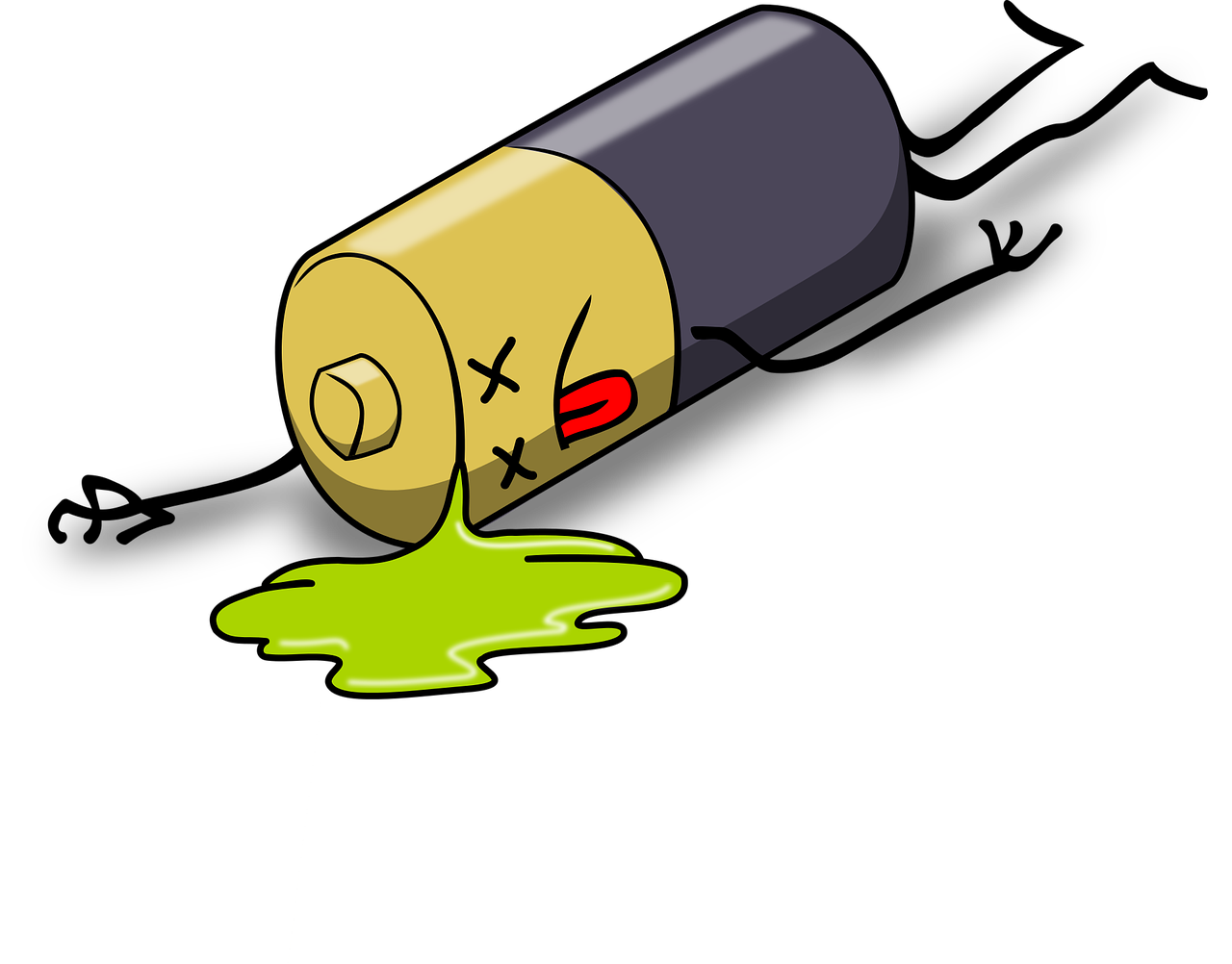
When a lead-acid battery runs out of water, it can cause the battery to fail prematurely. When this happens, the electrolyte level inside the cells begins to decrease and eventually will be depleted unless additional water is added to refill them. This process causes corrosion on the cell plates and leads to sulfation which drastically reduces the battery's capacity to hold charge and results in an eventual battery failure.
The best way to prevent premature lead acid battery failure due to running out of water is by regularly measuring and refilling each cell with distilled or deionized water when needed. Additionally, using a maintenance charger designed for deep-cycle batteries can help maintain their performance and extend their life span if used correctly.
How To Check The Water Level In A Lead Acid Battery?
Lead acid batteries require regular maintenance to ensure optimal performance. It is important to check the water level in a lead-acid battery, as running out of water can cause permanent damage and reduce its capacity.
- Start by removing any corrosion that has built up around the terminals using a wire brush or emery cloth.
- Then use distilled water to fill each cell until it reaches the split ring inside - this will be indicated on the side of the casing. Do not overfill as the excess liquid may leak from underneath the cover during charging or discharging.
- Once filled, inspecting visually and measuring voltage levels are good indicators of whether cells have been adequately recharged after filling them with a fresh electrolyte solution. If there are significant differences between individual cells, then this could indicate an imbalance in overall charge which needs addressing.
- Finally, conductivity tests should also be carried out at regular intervals so that any signs of deterioration caused by sulfation can be detected early and rectified if needed.
What Type Of Water Should You Use?
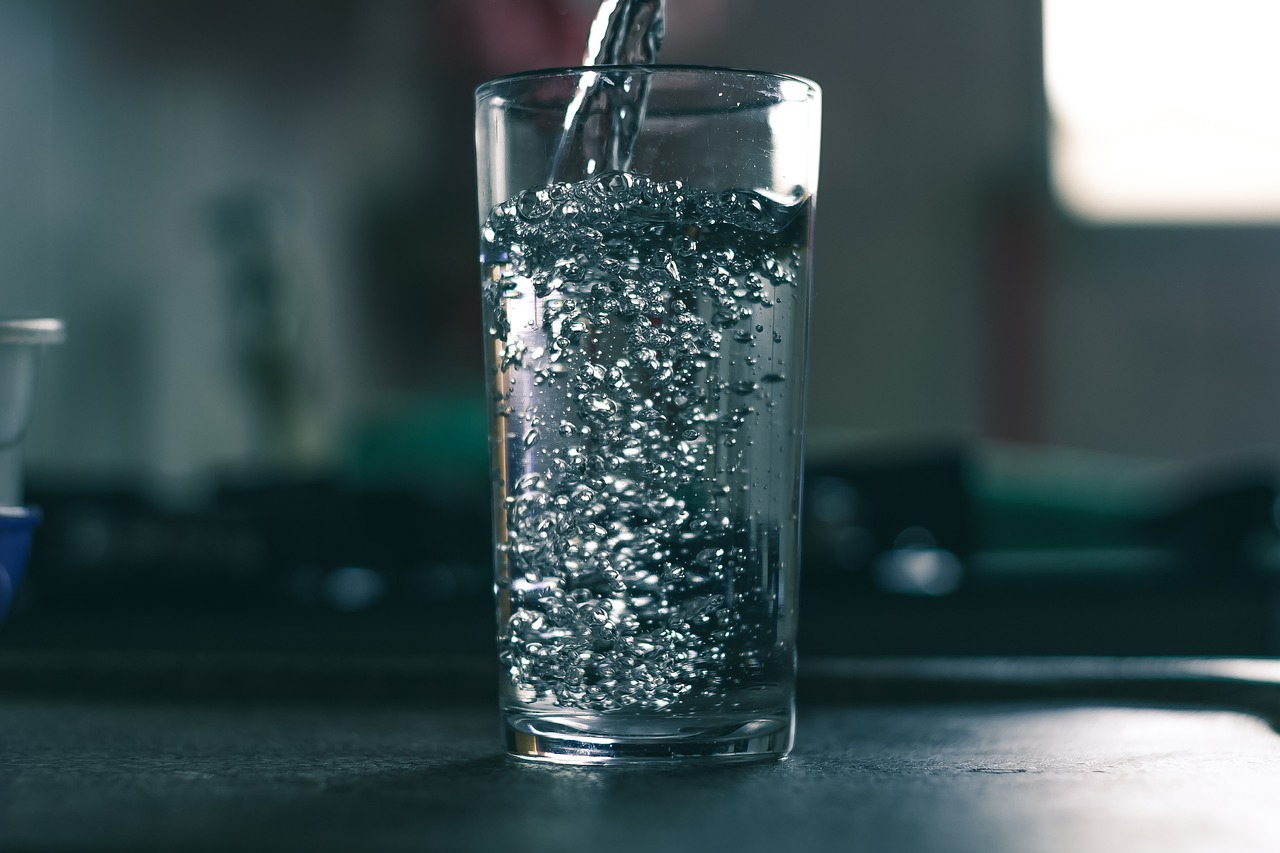
It is commonly believed that distilled or deionized water should be used when topping up a lead acid battery, as the purity of these types of water prevents any mineral deposits from forming on the plates.
However, research suggests this is not necessarily true and in fact, alkaline solutions are more beneficial for long-term use of a lead acid battery. Alkaline solutions help to maintain an optimal electrolyte level, increasing conductivity and allowing efficient charging. This helps to maximize performance over time and prevent sulfation, which can occur when there is too little moisture present in the cells.
Additionally, using pure water does not provide enough ions for proper chemical reactions inside the cell, so it may actually reduce efficiency rather than improve it. Therefore, although some claim that only distilled or deionized water should be used to top up batteries, evidence shows that alkaline solutions offer a better alternative.
Signs of Low Lead Acid Battery
(1) Reduced battery capacity
Low water levels in a lead acid battery decrease its ability to hold charge efficiently, leading to shorter running times between charges and a further reduction in overall life expectancy. Other signs of low water include corrosion on the terminals or around the edges of cells, as well as bubbles forming along the plates in each cell when charging.
(2) Battery corrosion buildup
When the level of electrolyte in the cells gets too low, it can affect their performance and cause corrosion buildup. Corrosion buildup becomes visible on terminals, connectors and other metal parts surrounding the cells - often referred to as “battery rot which further decreases efficiency and reduces life expectancy.
(3) Slow battery start
Signs of low battery water, such as a slow battery start and reduced battery capacity, can be a sign that leads acid batteries are running out of water. If the vehicle's starter motor is taking longer than usual to turn over when starting the engine, it could be an indication that there isn't enough electrolyte in the cells for proper current flow. Additionally, if the charging system does not seem to hold its charge like it used to or if the voltage drops quickly after being started, this may also signal low electrolyte levels.
Low Water Level Precautions
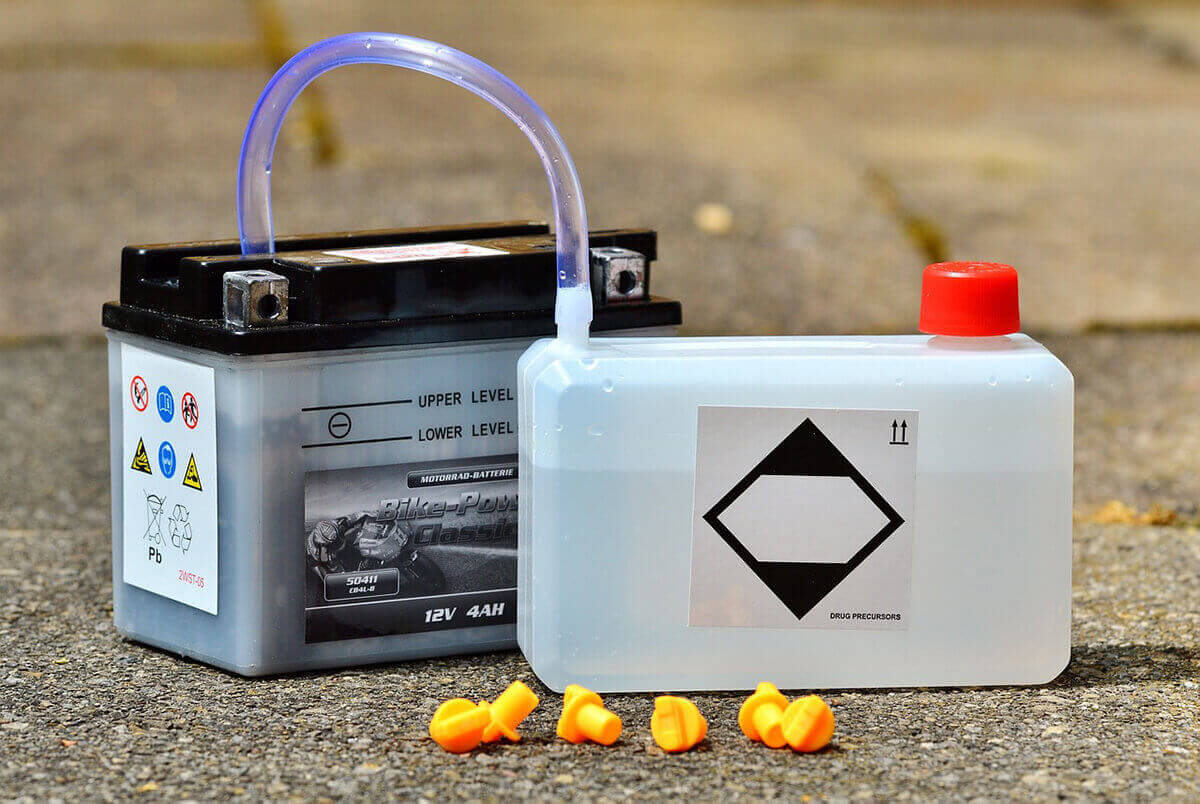
The lead-acid battery is a vital component of many vehicles and power systems. It is essential to keep the water levels in these batteries at an optimal level for maximum performance. If the water level falls too low, this can cause permanent damage to the battery and result in premature failure.
To prevent this from happening, it is important to regularly check the water levels in lead-acid batteries on a regular basis. Many times, users may not realize that their battery has been running low on the water until it reaches dangerously low levels. This is why it’s important to inspect your battery often and refill it as needed with distilled or deionized water. Additionally, when adding new electrolyte solutions to the cells of a lead-acid battery, be sure to use only approved products designed specifically for this purpose.
Inspections should also include looking for signs of corrosion inside the battery case itself, which could indicate acid leakage due to low water levels or other problems with the charging system. Anytime you detect corrosion, take steps immediately to address whatever issue may be causing it before any further harm is done to the battery.
In addition, if your vehicle has an alternator regulator/regen device installed adjacent to the battery compartment then make certain that its settings are correct so as not to overcharge and boil off excessive amounts of fluid from within each cell during operation. Taking these precautions will help ensure that your lead-acid battery remains healthy over time and provide reliable service for years into the future.
How To Water A Lead Acid Battery?
If a lead acid battery runs out of water, it ceases to function properly and can become damaged. To ensure that this does not happen, proper maintenance is necessary. The following steps are necessary for watering a lead-acid forklift battery:
| Step | Description |
|---|---|
| 1 | Locate the vent caps on top of each cell in the battery. |
| 2 | Remove the vent caps from each cell carefully with an appropriate tool. |
| 3 | Pour distilled water into cells until they reach just below the bottom of the refill holes. |
| 4 | Reinstall and tighten all vent caps securely. |
| 5 | Wipe off any spilled electrolyte quickly using a damp cloth. |
It is important to use only distilled or deionized water when filling up these batteries as regular tap water contains minerals that can damage them over time. After pouring in the water, wait around 10 minutes before reinstalling the vent caps so that any excess gas has been released through open ports first. Make sure that all vents and terminal posts remain clean and free from corrosion at all times.
Doing this will help maintain optimal performance levels from your lead-acid battery and prevent any major issues from occurring due to lack of maintenance.
Lead Acid Battery Watering Safety Tips
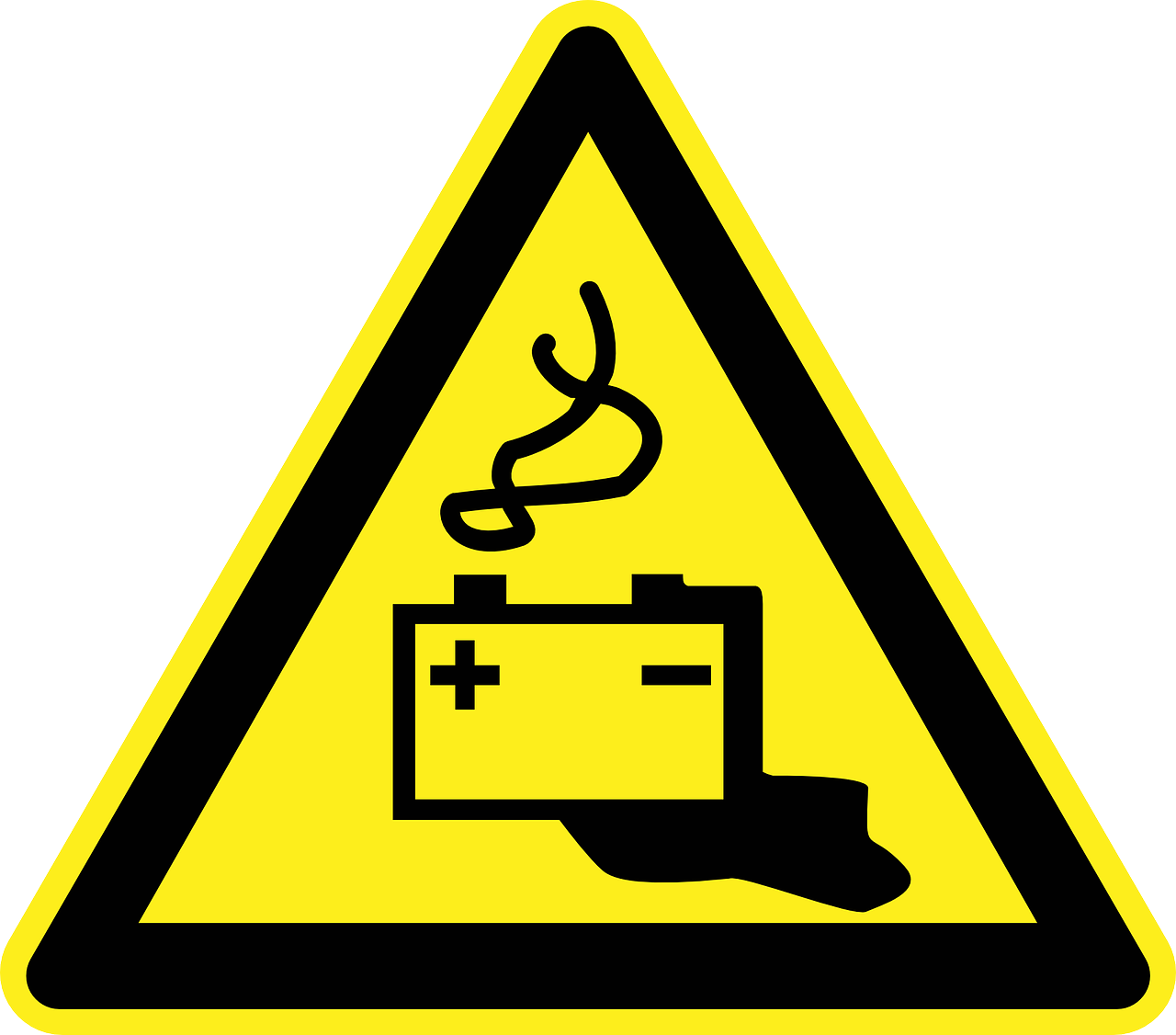
(1) Wear appropriate personal protective equipment
- Wear Protective Equipment (PPE) - Wearing PPE when handling lead-acid batteries will help prevent any possible exposure to acid spray or mist that may be released during the filling process.
- Gloves - Lead acid contains sulfuric acid which can cause skin irritation and even burns if it comes in contact with bare skin.
- Safety glasses - to protect against possible splashes of electrolyte solution.
(2) Should I add water to the battery before or after charging?
| Charger Using | Timing of adding water | Reason for adding water |
|---|---|---|
| Older charger with lower voltage settings | Add water prior to charging | This increases the chances that all cells will be equally charged, giving greater longevity and performance from your battery. |
| Newer chargers with higher voltage settings | Add water after charging | This helps reduce potential damage done by overcharging which can result in permanent failure of the cell plates due to excessive gassing. |
(3) How much water should you add to the battery?
In general, depending on the type of lead-acid battery you are using, you will want to fully charge each battery until it is just below the bottom of the ventilation shaft located on either side of each individual battery. This ensures that all cells are filled evenly and have room to expand while charging.
(4) Signs of lead-acid battery overfill
- Visual Cues: Excessive fluid level in cells, bubbling or spilling around vent caps, swelling of the case near the top seal.
- Smell: Strong odor coming from the cells indicating sulfuric acid fumes emitted from electrolyte overflow.
- Performance: Decreases in performance such as reduced cranking power or lower charging voltage output.
(5) What happens if you add too much water to the battery?
If the lead-acid battery is overcharged, there is a risk of water overflowing and possibly damaging surrounding surfaces or floors. Also, if too much water is added to the battery, it can cause the metal plates to corrode, reducing performance. Additionally, adding too much water can also lead to high electrolyte levels; this in turn leads to higher gassing rates and shortens battery life.
(6) How often should you check the water level of your lead-acid battery?
As a general rule, the water level should be checked at least once a month.
For those who use lead-acid batteries at high temperatures or in high-power applications, a monthly inspection may not be enough. In these cases, more frequent water level checks are recommended—perhaps once a week, or even twice a week, depending on usage patterns.
Conclusion

The importance of regularly checking and maintaining the water level in lead-acid batteries cannot be overstated. By doing so, battery owners can prevent corrosion buildup, and slow starts, and ultimately ensure a longer lifespan for their forklift batteries. Topping up with distilled water when needed is the key to keeping these batteries healthy. The process may seem daunting at first but it isn’t difficult as long as one takes care and follows the necessary steps.
Lead acid batteries require regular maintenance if they are to reach their maximum capacity. Without that vital top-up of distilled water every few weeks or months, the cells will corrode from within until no juice remains.
These powerful pieces of machinery have been around for more than 150 years - a testament not only to their durability but also to the commitment required by those who maintain them. It pays off; providing an invaluable service that keeps warehouses running smoothly day after day. Taking good care of your lead-acid battery means being responsible and ensuring its health over time - a lesson we can all learn from!
More FAQs
(1) Can you revive a dried-out lead-acid battery?
In order to reactivate a dry lead-acid battery, one must first ensure that no short circuit has occurred in any of the cells, then fill each cell with distilled water - this will restore the electrolyte level and dilute any sulfates present on the plates. After charging all batteries, connect a suitable charger to the battery terminals;
However, make sure to only charge these types of batteries using the recommended charge rate settings. After charging is successfully completed, periodically monitor the specific gravity level using a digital hydrometer or similar device. If, after repeated attempts, the desired specific gravity reading cannot be obtained even with full charge current applied, the dry lead-acid battery may not recover.
(2) How to check If the lead-acid battery is flooded?

It is important to check if the battery is flooded before attempting to water it. To do this, you should look at the cell level indicators which are usually located on top of each lead-acid battery. The indicator will be in one of three states: low, good, or high. Low indicates a need for watering; Good means that the cells have been adequately watered and no action needs to be taken; High signals an overfilled condition and may require draining some electrolyte from the cell(s).
In addition to looking at the cell level indicators, another way to determine if a lead-acid battery has been flooded is by removing the vent caps and examining the electrolyte levels within each cell. If any liquid has risen above the designated fill marks then there is likely too much electrolyte present and flooding could occur when filling up with additional water.
